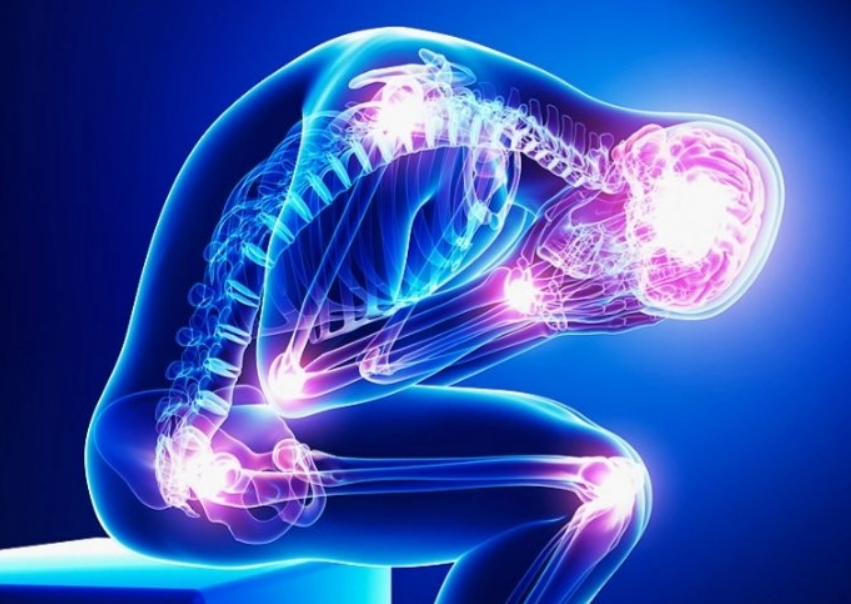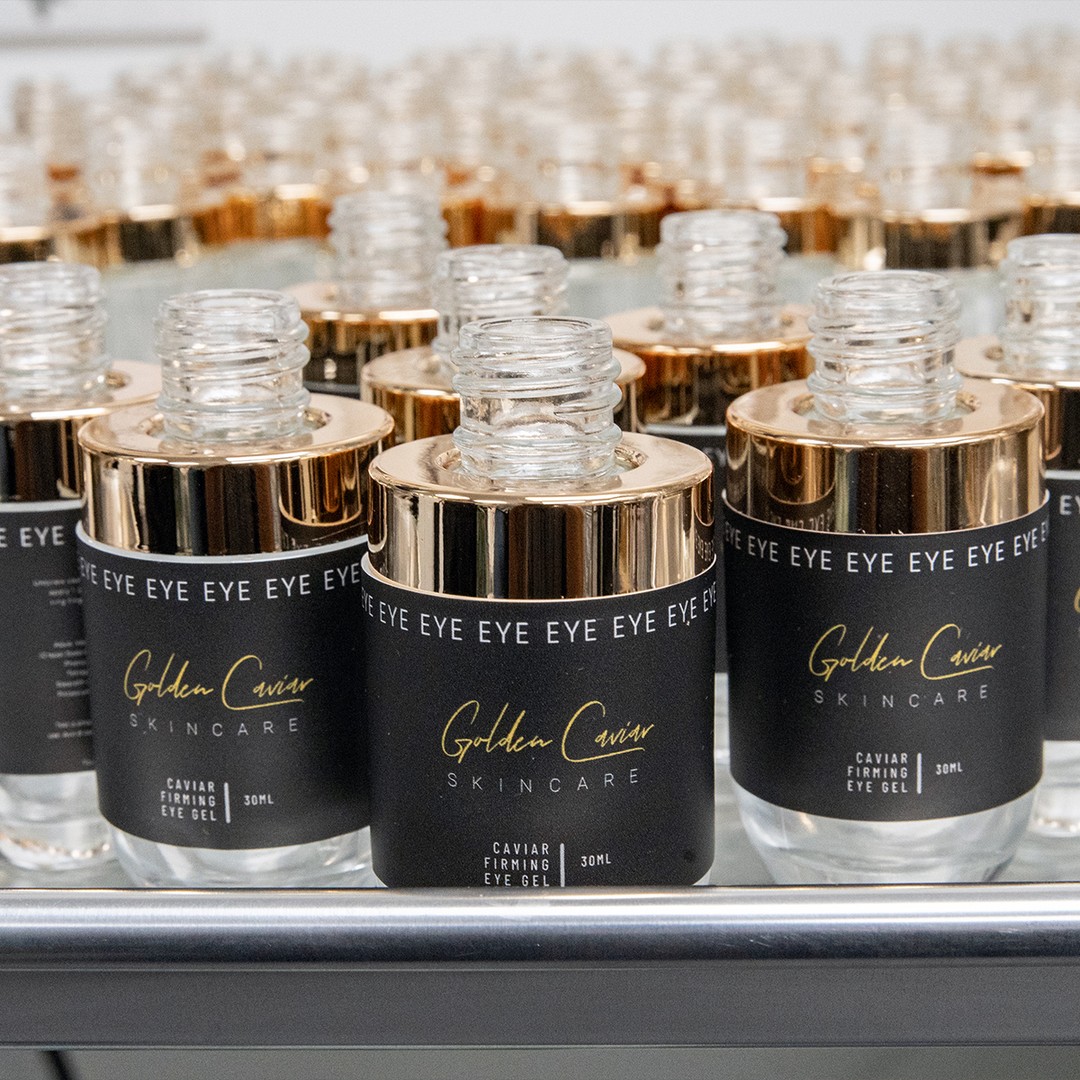Seasonal Affective Disorder (SAD) is a type of depression that typically occurs during the winter months when daylight hours are shorter. It is estimated that around 10 million Americans are affected by SAD, with symptoms ranging from mild to severe. While traditional treatments such as therapy and medication can be effective, many individuals seek holistic approaches to manage and alleviate their symptoms. In this article, we will explore some holistic approaches that can help combat SAD.

1. Light Therapy
Light therapy, also known as phototherapy, is a popular holistic approach used to treat SAD. It involves exposing individuals to bright light, typically from a lightbox or lamp, for a specific duration each day. The light mimics natural outdoor light, which can help regulate the body’s internal clock and improve mood. Light therapy sessions usually last between 20-60 minutes and are best done in the morning.
2. Vitamin D Supplementation
Vitamin D is known as the sunshine vitamin as our bodies produce it when exposed to sunlight. During the winter months, when sunlight is limited, levels of vitamin D tend to decrease. Some studies suggest a link between vitamin D deficiency and SAD. Therefore, taking vitamin D supplements can be beneficial in combating SAD symptoms. It is important to consult with a healthcare professional to determine the appropriate dosage for your specific needs.
3. Regular Exercise
Engaging in regular exercise has numerous physical and mental health benefits, including alleviating symptoms of depression. Exercise stimulates the release of endorphins, which are natural mood boosters. It also helps reduce stress, improve sleep quality, and increase energy levels. Incorporating activities such as walking, jogging, yoga, or dancing into your daily routine can have a positive impact on managing SAD symptoms.
4. Mindfulness and Meditation
Practicing mindfulness and meditation techniques can help individuals with SAD by promoting relaxation and reducing stress. Mindfulness involves focusing on the present moment and accepting it without judgment. Meditation, on the other hand, is a practice that aims to calm the mind and achieve mental clarity. Both techniques can be learned through classes, apps, or online resources, and when practiced regularly, they can help improve overall well-being and manage SAD symptoms.
5. Herbal Remedies
Some people find relief from SAD symptoms through the use of herbal remedies. St. John’s Wort, for example, is a popular herb known for its antidepressant properties. However, it is important to note that herbal remedies can interact with medications and may not be suitable for everyone. It is crucial to consult with a healthcare professional or a qualified herbalist before incorporating any herbal remedies into your treatment plan.
While traditional treatments for SAD can be effective, incorporating holistic approaches can offer additional support in managing and alleviating symptoms. Light therapy, vitamin D supplementation, regular exercise, mindfulness and meditation, and herbal remedies are all holistic approaches that can be explored in consultation with healthcare professionals. It is essential to find a combination of approaches that work best for each individual, as everyone’s experience with SAD is unique. By taking a holistic approach, individuals can enhance their overall well-being and combat the effects of SAD during the winter months.




